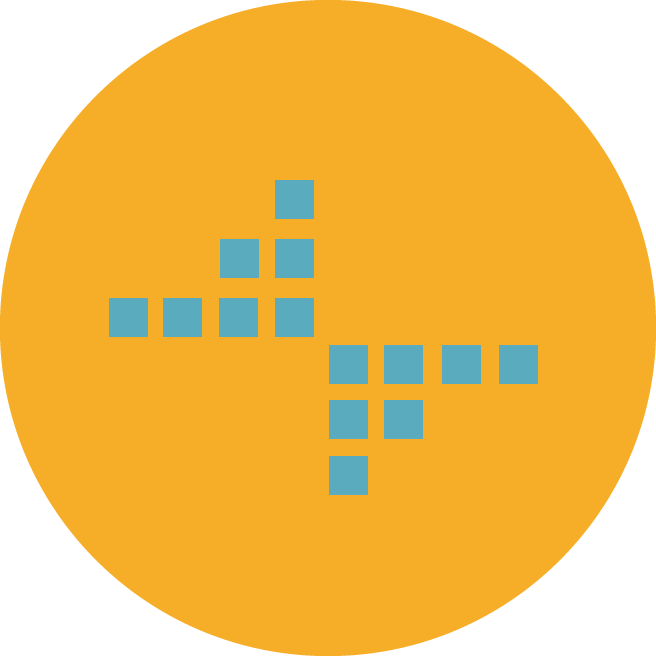
Atrial Fibrillation Device Market: Growth, Trends, and Future Outlook
The atrial fibrillation (AF) device market is experiencing rapid growth, fueled by the rising prevalence of atrial fibrillation, increasing awareness of early diagnosis, and advancements in medical technology. Atrial fibrillation is one of the most common cardiac arrhythmias, characterized by irregular and often rapid heart rhythms. The need for effective treatment options, such as AF devices for detection and management, is driving innovations and significant investments in this market.
Market Overview and Growth Drivers
Atrial fibrillation affects millions of people globally, with its incidence increasing with age. This growing patient population, combined with the increasing awareness about the risks of stroke and other complications associated with AF, is a key factor driving the demand for AF devices. Additionally, the global focus on improving healthcare outcomes and patient care has intensified the development of advanced technologies for diagnosing and treating AF.
One of the primary factors contributing to the growth of the AF device market is the rising prevalence of cardiovascular diseases. AF is associated with an increased risk of stroke, heart failure, and other complications, making timely diagnosis and management critical. Devices like pacemakers, defibrillators, and catheter ablation systems are becoming essential in treating and managing AF, promoting patient safety and enhancing quality of life.
Key Market Segments
-
Diagnostic Devices: Diagnostic tools, such as ECG (electrocardiogram) monitors and handheld devices, are pivotal in the early detection of AF. These devices help in monitoring the heart’s electrical activity, enabling healthcare professionals to identify abnormal rhythms and take timely action. With the growing adoption of wearable ECG monitors and mobile health applications, the diagnostic segment is poised for substantial growth.
-
Therapeutic Devices: Therapeutic devices are used to treat AF and prevent complications. These include pacemakers, implantable cardioverter defibrillators (ICDs), and catheter ablation systems. The use of catheter-based procedures, particularly radiofrequency ablation, has been a breakthrough in the treatment of AF. These devices help regulate the heart’s rhythm, reduce the risk of stroke, and improve patient outcomes.
-
Catheter Ablation Systems: Catheter ablation has emerged as one of the most effective treatments for AF. This minimally invasive procedure uses energy to destroy abnormal heart tissue causing irregular rhythms. Advancements in catheter technology have improved the efficacy and safety of this procedure, making it a popular choice for treating AF patients.
Technological Advancements and Innovations
The AF device market is witnessing several technological advancements that are enhancing the effectiveness of treatments and improving patient outcomes. Some of the key innovations include:
-
Minimally Invasive Techniques: Minimally invasive procedures, such as catheter ablation, have gained popularity due to their lower complication rates and faster recovery times compared to traditional open-heart surgeries. These procedures are performed with high precision, reducing risks and improving patient comfort.
-
Wearable Devices and Mobile Health Solutions: With the advent of wearable devices, patients can now monitor their heart rhythm and share real-time data with healthcare providers. This trend is enhancing the management of AF by enabling early detection and remote monitoring of patients, reducing hospital visits, and improving patient engagement.
-
AI and Machine Learning Integration: Artificial intelligence (AI) and machine learning technologies are being integrated into AF devices to enhance diagnostics and treatment planning. AI-powered algorithms can analyze ECG data to identify AF episodes more accurately and suggest optimal treatment strategies, improving overall patient care.
Challenges and Restraints
Despite the significant advancements in the AF device market, several challenges may hinder its growth. The high cost of advanced AF devices, such as pacemakers and catheter ablation systems, may limit their accessibility, particularly in emerging economies with limited healthcare infrastructure. Additionally, the need for skilled healthcare professionals to operate these devices and perform related procedures poses a challenge in regions with a shortage of trained personnel.
Regulatory hurdles also play a crucial role in the development and approval of new AF devices. Stringent regulatory requirements and long approval timelines can delay the market introduction of innovative devices, which may slow down the overall growth of the market.
Regional Insights
North America holds a significant share of the global atrial fibrillation device market, driven by the high prevalence of AF, advanced healthcare infrastructure, and technological innovations. The United States, in particular, is a leading market for AF devices, with increasing investments in healthcare research and development and a high rate of adoption of innovative medical technologies.
Europe is also a prominent market, with countries such as Germany, the United Kingdom, and France focusing on improving patient care and supporting the development of advanced AF treatments. The growing geriatric population and increasing awareness of AF management contribute to market expansion in this region.
The Asia-Pacific region is expected to experience substantial growth in the coming years due to rising healthcare investments, improving healthcare facilities, and a large population base. Countries like China and India are witnessing a rise in AF cases, which is expected to drive demand for AF devices.
Learn More: https://www.pristinemarketinsights.com/atrial-fibrillation-device-market-report
Final Thoughts
The atrial fibrillation device market is evolving rapidly, driven by technological advancements, the rising prevalence of AF, and an increasing focus on improving healthcare outcomes. With the continued development of diagnostic and therapeutic devices, including minimally invasive treatments and wearable health solutions, the market is poised for significant growth. However, challenges such as high device costs, regulatory barriers, and the need for trained professionals must be addressed to ensure broader access to these life-saving technologies. As the market continues to expand, there will be ample opportunities for innovation and growth, particularly in emerging regions.
Editor Details
-
Company:
- Pristine Market Insights
-
Name:
- Aarav Kadam
- Email:
-
Telephone:
- +441444391252
- Website:
